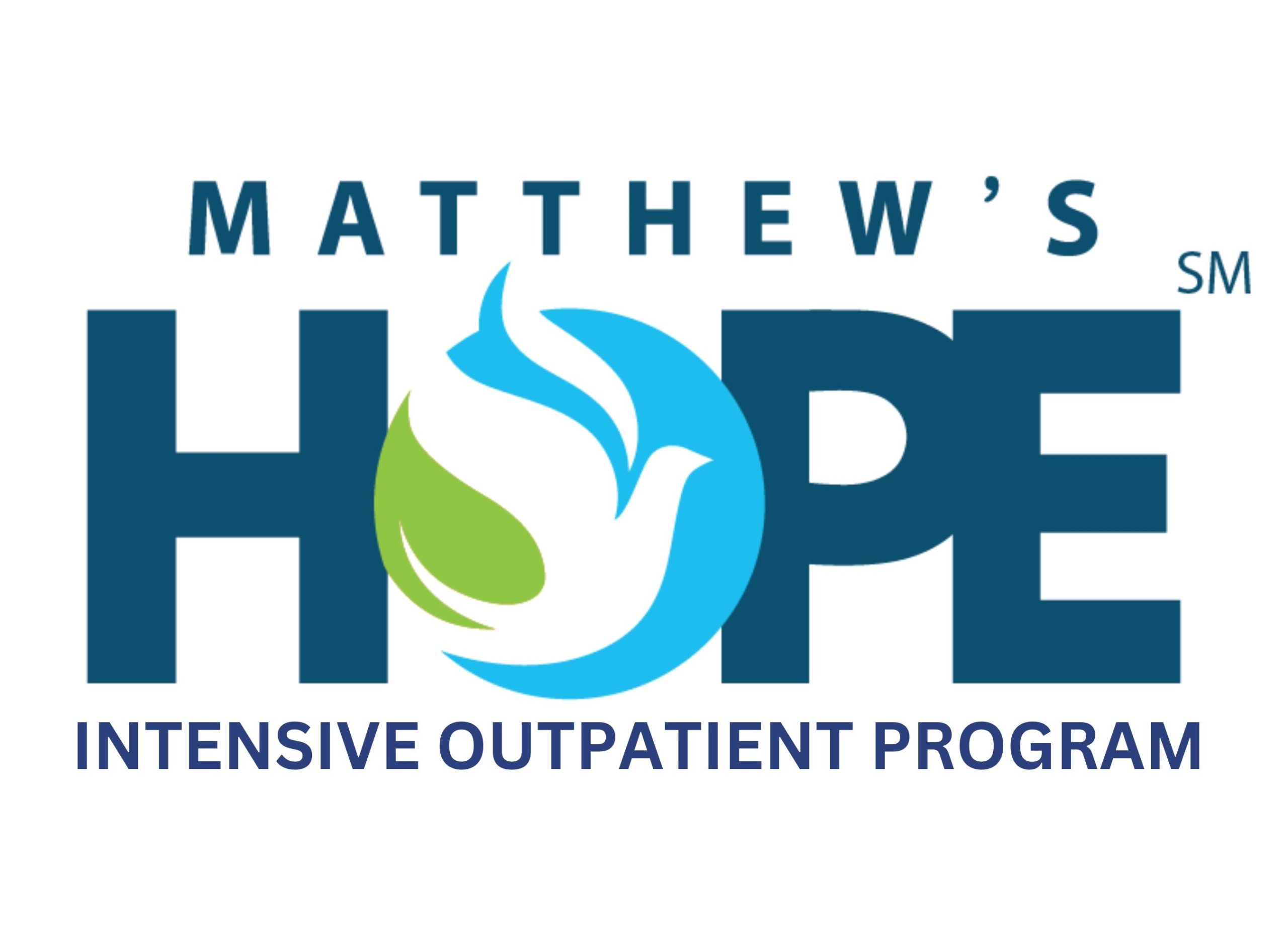According to recent studies from the National Center for Drug Abuse Statistics (NCDAS), 50% of the US population over the age of 12 years old have used illicit drugs at least once. Since the year 2000, over 700,000 drug overdose deaths have been reported.
There’s no question that substance use disorder is a rising problem. But what is causing the accelerated growth of this issue?
Two reasons seem to stand out among the rest.
1. Telehealth Appointments
The doctor-patient relationship has been greatly hindered as a result of virtual physician appointments. In some cases, telehealth offers benefits like reduced wait times and other conveniences. However, these telehealth visits often result in lower-quality care, missed diagnoses, and overprescribing medications.
Providers lack training in telehealth visits. Doctors, nurses, and other healthcare professionals are trained to treat patients in person. They have little to no guidance on diagnosing or treating people over the phone or on a video call. The less personal nature of these calls could lead doctors to miss the signs of substance use or give inaccurate prescriptions that could have adverse effects. These telehealth appointments may also be a way for patients to manipulate medical professionals into prescribing them medications they don’t need.
Care options are limited. Without seeing a patient in person, it’s impossible for a doctor to provide the necessary level of care. Basic tasks like blood work and imaging tests still need to be completed in person. Doctors could end up providing patients with drugs before learning the full scope of what’s going on with an individual’s health. Additionally, the symptoms of a substance use disorder may go undetected.
2. Public Fear
Since the pandemic, there is a rising problem of fewer people seeking out professional help. This public fear has led them to isolate themselves and self-medicate.
There may be fewer people asking for help, but those who are seeking help are in need of more assistance with mental health concerns. A survey of psychologists found that 74% of them experienced an increased number of their patients requesting treatment for anxiety and depression since the pandemic began.
More than 96% of these psychologists shared that they are treating their patients remotely through telehealth visits.
At the peak of the pandemic, public fear was so high it impacted local economic activity by as much as 70% on average.
The CDC shared a report during this time saying that “13% of Americans reported starting or increasing substance use as a way of coping with stress or emotions related to COVID-19. Overdoses have also spiked since the onset of the pandemic.”
Do You Need Help Overcoming Substance Use Disorder?
Whether your substance use disorder began before, during, or after the COVID-19 pandemic, there’s no better time than now to get the support and care you need.
If you or a loved one are searching for assistance with a substance use disorder, are struggling with addiction, or would like to learn more about our detox and recovery programs, please reach out to Matthew’s Hope Foundation Intensive Outpatient Program. Our team is here to help you.



